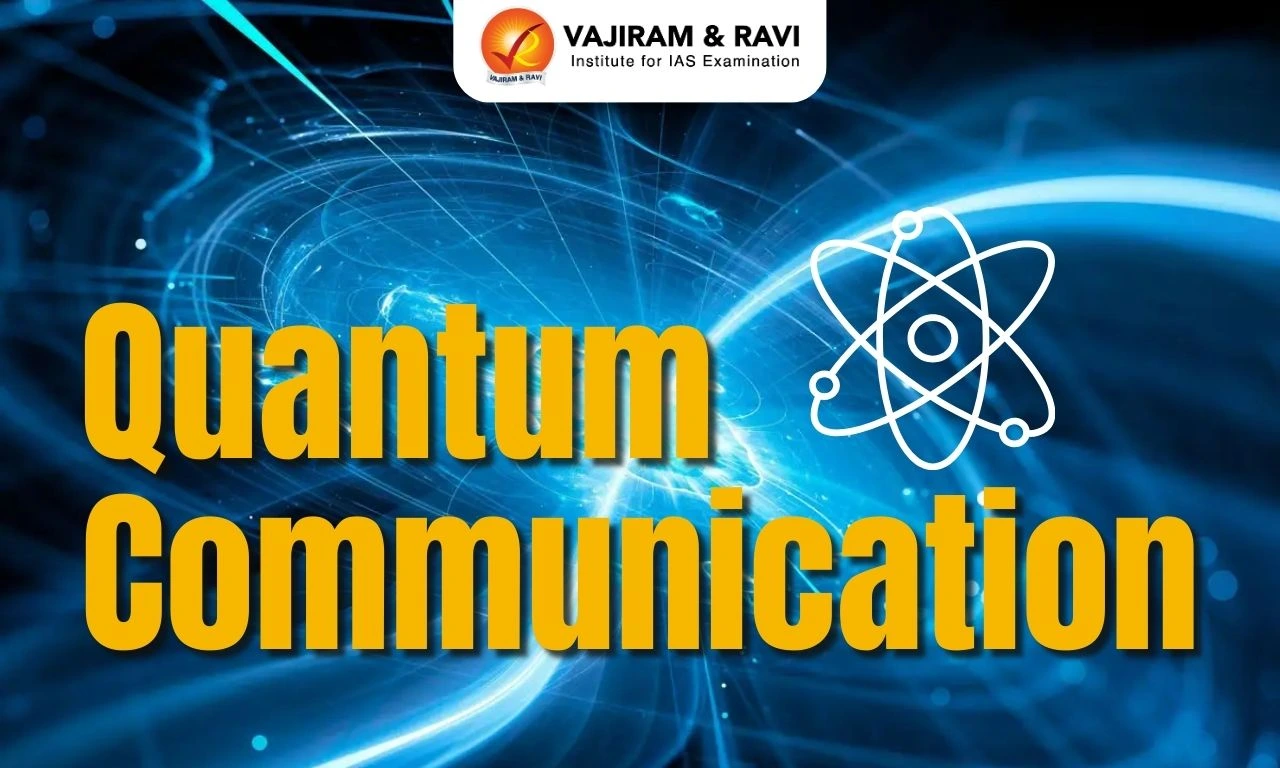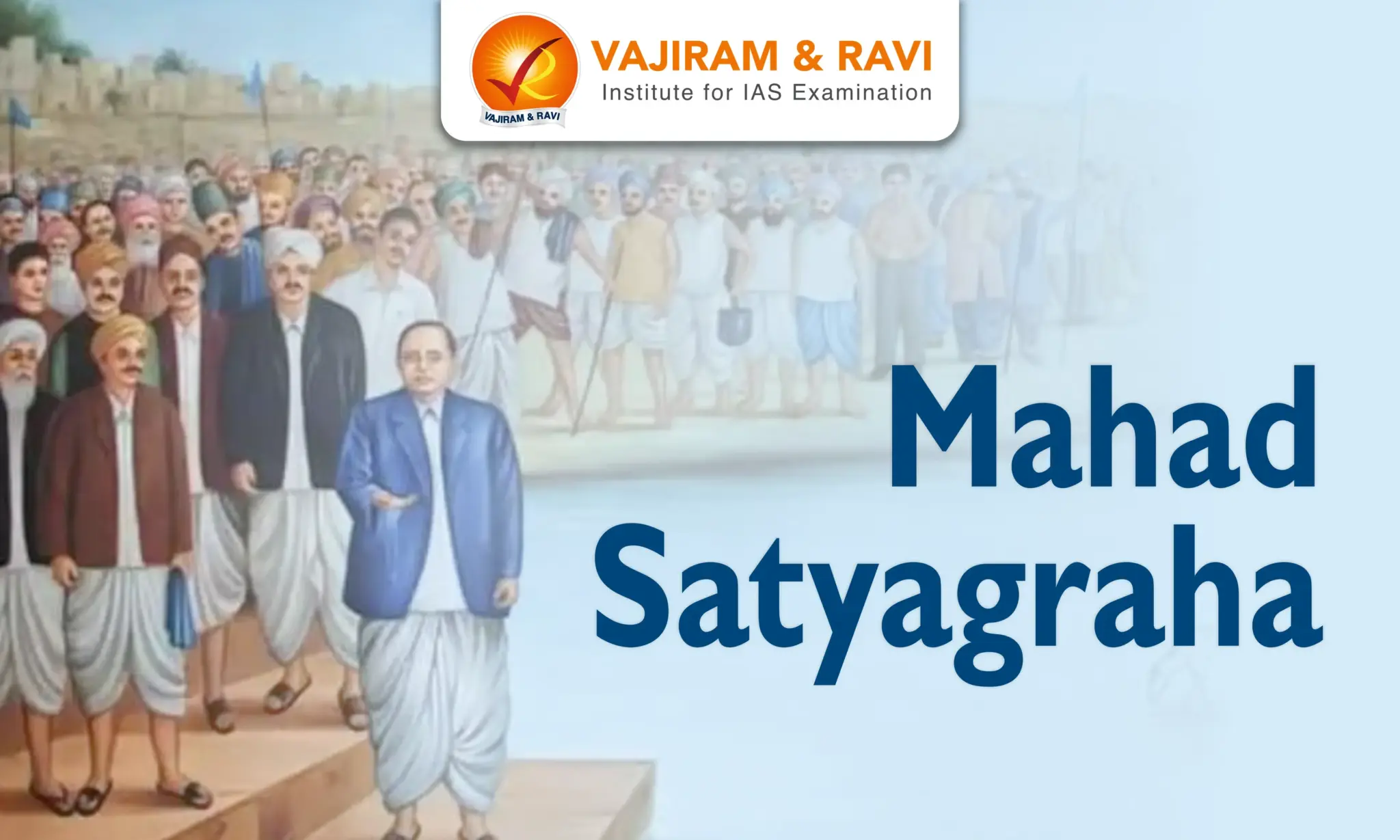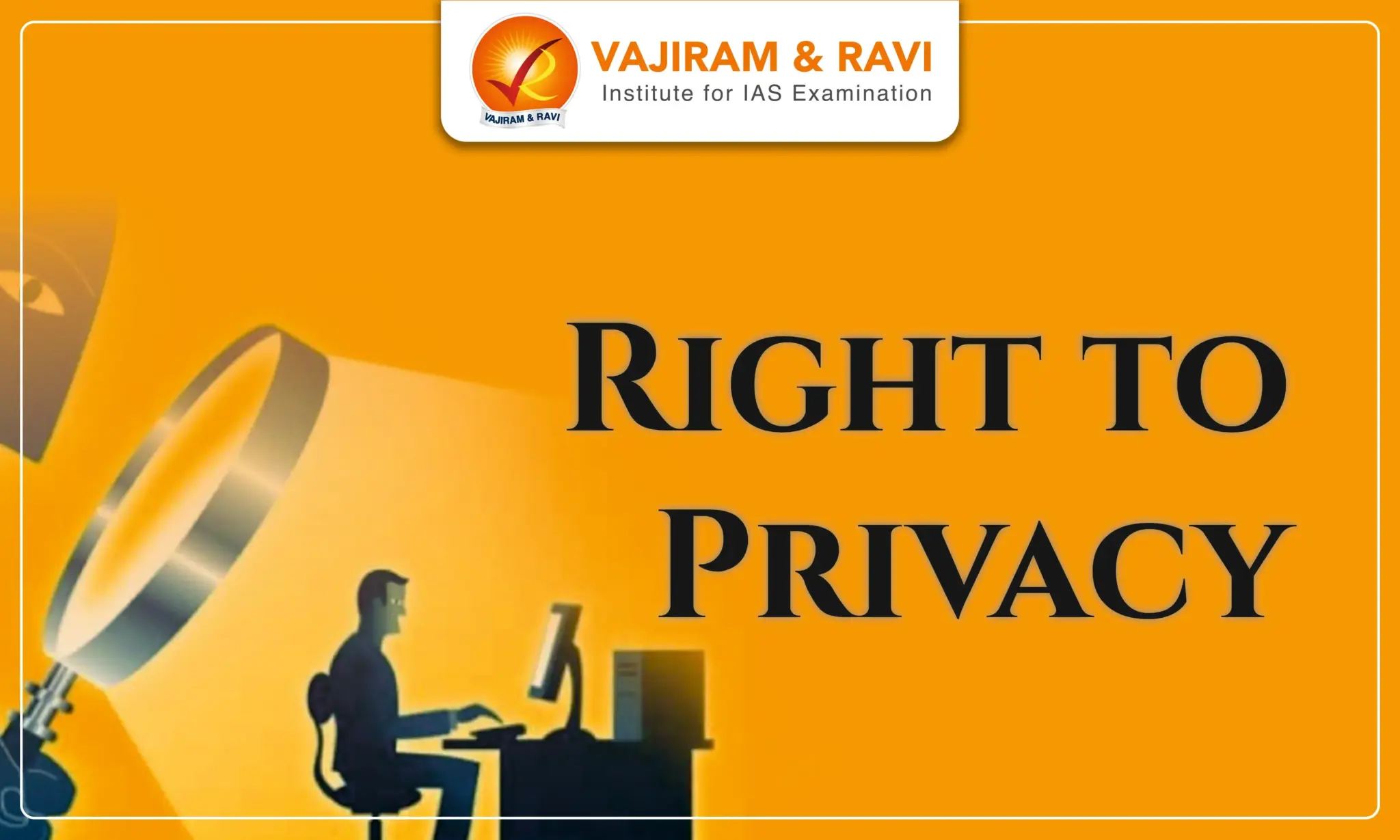Quantum communication represents a cutting-edge method of information transfer, fundamentally rooted in the principles of quantum mechanics. Utilising the phenomenon of quantum entanglement, it enables the sharing of data between parties in a way that is theoretically immune to interception or eavesdropping. This is because any attempt to measure the entangled particles alters their state, alerting the communicators to the presence of an intruder.
Quantum communication promises a revolution in secure data transmission, with potential applications ranging from military to financial industries. Its development is still in the nascent stages, but it holds the promise of a new era of ultra-secure communication networks.
About Quantum Communication
Quantum communication involves encoding information in quantum states, typically of photons (light particles), and transmitting these states over a distance. It employs quantum mechanics for secure information transfer, using phenomena like entanglement and superposition to detect eavesdropping and ensure data integrity potentially across global distances.

Working Mechanism of Quantum Communication
Quantum communication harnesses the principles of quantum mechanics to transmit information in a fundamentally different way than traditional methods. The working mechanism of Quantum Communication includes:
- Photon preparation: A sender initially selects photons in specific quantum states. Each photon can represent a bit of information (0 or 1) depending on its polarization or phase.
- Quantum state selection: The quantum states are chosen from a set of non-orthogonal states, meaning they cannot be perfectly distinguished from one another. This is essential for the security of the protocol.
- Photon Transmission: The sender then sends these photons to a receiver through a communication channel, which could be an optical fibre or through free space.
- Detection: The receiver uses a quantum detector to measure the photons. Due to the quantum properties of the photons, any eavesdropping attempt by a third party will inevitably disturb their quantum state, introducing detectable errors.
- Key sifting: The Reciever communicates with the Sender over a public channel to discuss which photons were correctly detected without revealing their actual states. They discard any bits where the receiver’s measurements do not match the sender's preparation.
- Error correction and Privacy amplification: The resulting sifted key is then subjected to classical post-processing. This includes error correction (to fix any mistakes due to technical imperfections) and privacy amplification (to reduce any partial information an eavesdropper might have).
Optical vs Quantum Communication
The difference between Optical and Quantum Communication can be understood in the table below:
| Factor | Quantum Communication | Optical Communication |
| Photon Use | Manipulates the quantum properties of individual photons. | Uses many photons to transmit data via a modulated laser beam. |
| Spectrum | Both may operate in the visible or near-visible spectrum. | |
| Data Rates | Focuses on secure communications rather than high data rates. | Strives for high data rates. |
| Power Output | Much lower photon output, typically in the millions per second. | High power output, e.g., 1 watt producing 7.8 x 10^18 photons per second. |
| Data Transmission Method | Data security is enhanced by changing the quantum state of each photon. | Data is encoded through modulation at a high data rate. |
| Data Link | Based on the intact quantum states of photons arriving at the receiver. | Achieved when a large number of photons reach the receiver. |
| Eavesdropping Detection | Any interception causes detectable disturbance in the quantum state. | Typically relies on encryption and other security measures. |
| Equipment | Requires specialized quantum sources and detectors, with room for advancement. | Utilizes standard lasers and receivers. |
| Communications Channel | A check after transmission can verify if the photon was observed en route, ensuring a secure connection. | A coherent link is necessary for a successful connection. |
Applications of Quantum Communication
Quantum Communication is a revolutionary technology with multiple applications such as:
- Military and government: Quantum communication is used for transmitting highly sensitive information, providing secure communication channels that are immune to eavesdropping.
- Banking: Protects financial transactions from cyber-attacks by using quantum key distribution (QKD) to secure online banking and international transactions.
- Power grids: Secures communication within the power industry, safeguarding against cyber-attacks that could lead to outages or damage to the electrical grid.
- Consumer privacy: Enhances the security of personal data transmitted over the internet, such as in cloud services or when shopping online.
- Medical records: Secures the exchange of sensitive medical information between healthcare providers, protecting patient confidentiality.
- Scientific collaboration: Allows secure sharing of research data between institutions, especially when dealing with proprietary or sensitive information.
- Navigation: Quantum communication could be used to enhance the security of signals in GPS systems, providing tamper-proof navigation data.
- Election security: Potential use in electronic voting systems to protect against hacking and to ensure the integrity of the electoral process.
- Quantum Cryptography: This includes techniques like Quantum Key Distribution (QKD), which uses the principles of quantum mechanics to secure communication, making it immune to all conventional forms of eavesdropping.
- Quantum Teleportation: It involves the transfer of quantum states from one location to another without moving the physical object itself. It is about transmitting the state of a quantum system across a distance.
Challenges Associated with Quantum Communication
There are several challenges associated with Quantum Communication such as:
- Quantum storage issues: Developing reliable quantum memory that can store quantum states long enough for practical communication applications is still a challenge.
- Transmission distances: Quantum communication is currently limited by how far qubits can be sent without degradation, known as the "range problem."
- Signal loss: Quantum signals are prone to loss and decoherence, which significantly limits their transmission range in optical fibres and through free space.
- Technological infrastructure: Existing telecommunications infrastructure is not fully compatible with quantum technology, requiring significant investments to upgrade.
- Maintaining the coherence of quantum states over time and distance is a significant technical hurdle.
- Scalability: Current quantum communication systems are not easily scalable to the size of today's classical communication networks.
- Interoperability with classical systems: Integration and interoperability between quantum and classical communication systems present technical and standardization challenges.
- Cost and resource requirements: The components required for quantum communication, like single-photon detectors and sources, are expensive and resource-intensive to produce.
- Environmental concerns: Quantum communication devices may require cryogenic temperatures, which can be energy-intensive and environmentally taxing.
India and Quantum Communication
In the digital age, secure and reliable communication is paramount for a nation's socio-economic security. With vast data accessible online, the risk to countries and individuals is significant. This is where quantum communication is going to play a crucial role and the government of India has taken several steps such as:
- National Mission on Quantum Technologies and Applications (NM-QTA): Announced in the 2020-21 budget, focusing on quantum computing, communication, sensing, metrology, materials, and devices.
- India Quantum Alliance: Directed under the Department of Telecommunications (DoT), the alliance aims to position India at the forefront of quantum communication technology. It fosters a collaborative environment by uniting efforts from industry, academia, and startups.
- Under the alliance, the C-DOT has developed an indigenous QKD system and is pioneering further advancements, including multiplexing quantum and classical channels over the same fibre.
- The alliance plans to form consortiums to work on Continuous Variable QKD, Measurement Device-Independent QKD, Twin-Field QKD, and other quantum communication systems.
- The alliance emphasises the development of use cases for quantum technologies across various sectors, including health, pharmaceuticals, BFSI, telecommunications, IoT, utilities, military, and government sectors.
- Telecom network: India’s First quantum computing-based telecom network was established between Sanchar Bhawan and the office of the National Informatics Centre (NIC) at the Central Government Offices (CGO) Complex in Delhi.
- Similarly, DRDO successfully demonstrated the Quantum Key Distribution link between Prayagraj and Vindhyachal in Uttar Pradesh, a distance of more than 100 kilometres.
- Space research: ISRO has successfully demonstrated free-space Quantum Communication over a distance of 300 m.
- ISRO is incorporating quantum communication in its space missions to ensure secure space-to-Earth communication channels.
Last updated on November, 2025
→ Check out the latest UPSC Syllabus 2026 here.
→ Join Vajiram & Ravi’s Interview Guidance Programme for expert help to crack your final UPSC stage.
→ UPSC Mains Result 2025 is now out.
→ UPSC Notification 2026 is scheduled to be released on January 14, 2026.
→ UPSC Calendar 2026 is released on 15th May, 2025.
→ The UPSC Vacancy 2025 were released 1129, out of which 979 were for UPSC CSE and remaining 150 are for UPSC IFoS.
→ UPSC Prelims 2026 will be conducted on 24th May, 2026 & UPSC Mains 2026 will be conducted on 21st August 2026.
→ The UPSC Selection Process is of 3 stages-Prelims, Mains and Interview.
→ UPSC Result 2024 is released with latest UPSC Marksheet 2024. Check Now!
→ UPSC Prelims Result 2025 is out now for the CSE held on 25 May 2025.
→ UPSC Toppers List 2024 is released now. Shakti Dubey is UPSC AIR 1 2024 Topper.
→ UPSC Prelims Question Paper 2025 and Unofficial Prelims Answer Key 2025 are available now.
→ UPSC Mains Question Paper 2025 is out for Essay, GS 1, 2, 3 & GS 4.
→ UPSC Mains Indian Language Question Paper 2025 is now out.
→ UPSC Mains Optional Question Paper 2025 is now out.
→ Also check Best IAS Coaching in Delhi
Tags: quantum communication quest

















